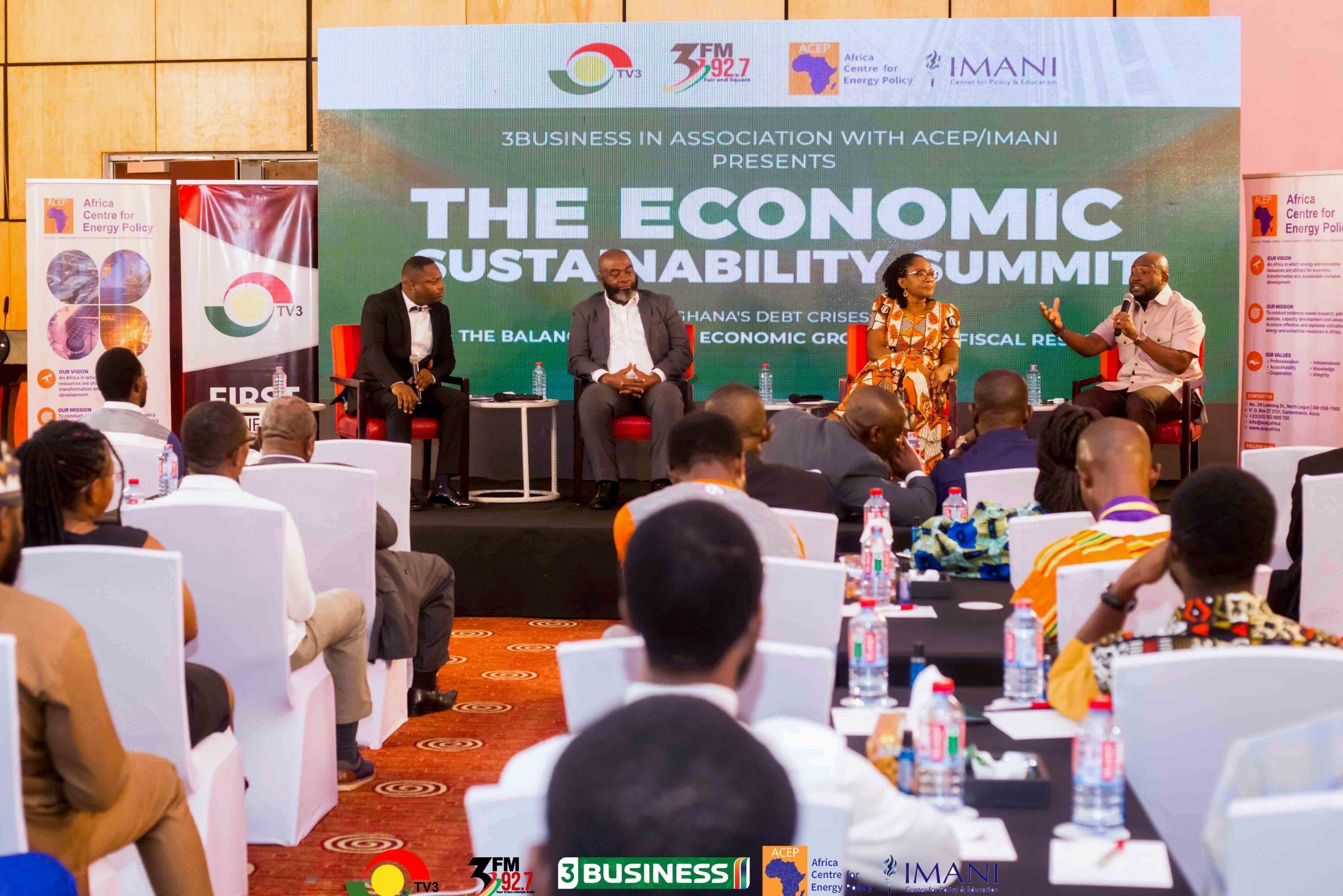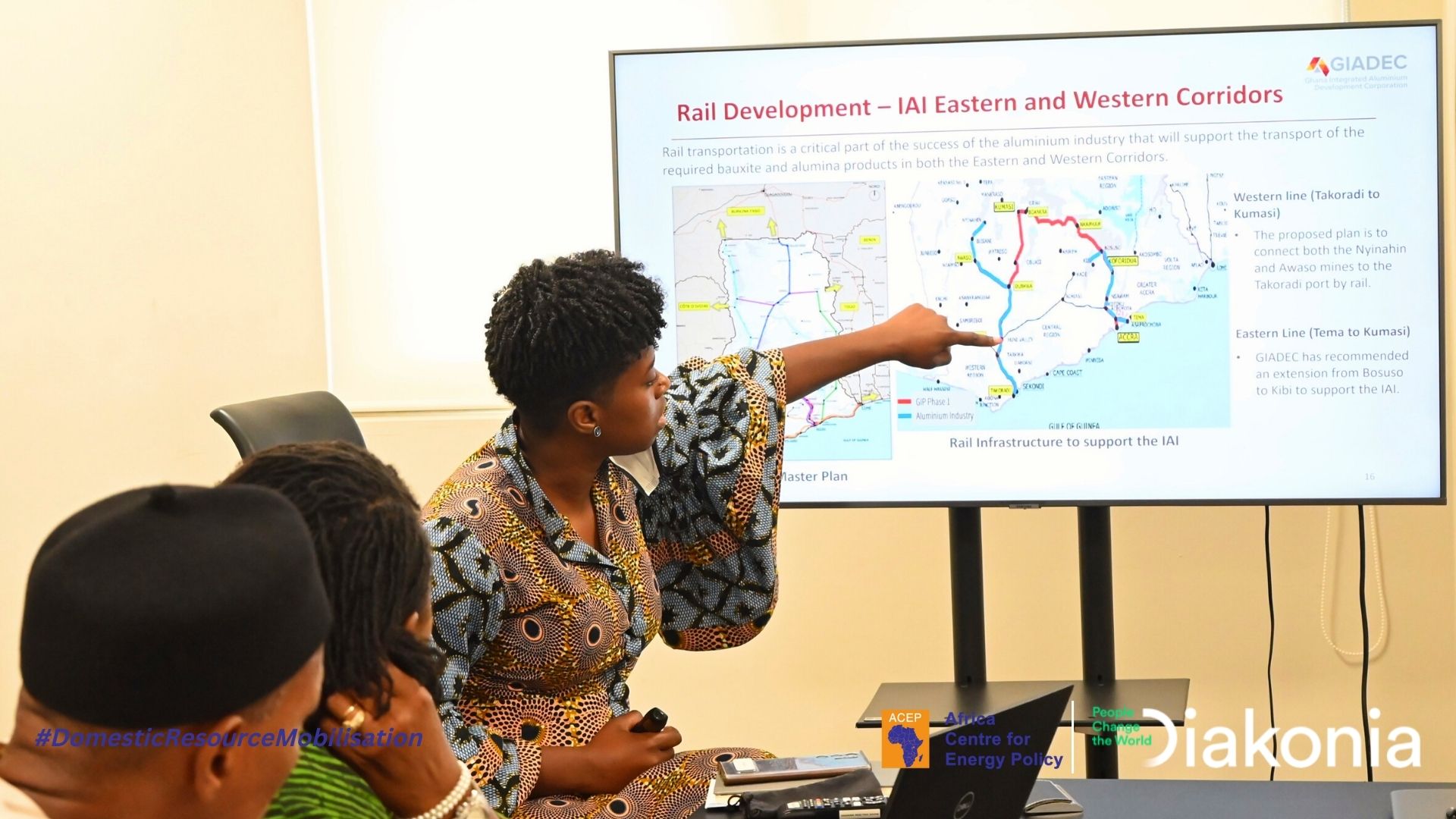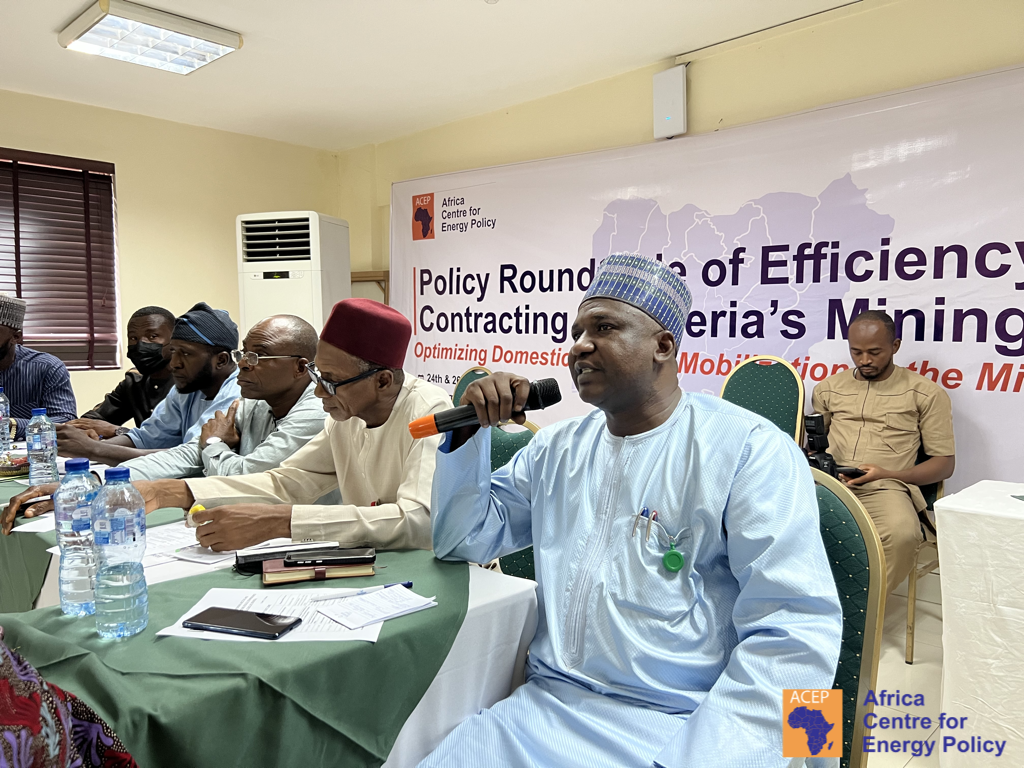By Mohammed Saani Osman
Introduction
Methane, a greenhouse gas more than 80 times stronger than carbon dioxide over a 20-year period, has emerged as both a critical climate threat and a strategic energy opportunity. In Ghana, where natural gas powers the majority of thermal plants, tackling methane emissions presents a dual benefit: protecting the environment while strengthening energy security. Yet, despite its growing levels and far-reaching consequences, methane remains largely absent from national climate discussions.
Despite the growing relevance of methane in global and national climate agendas, Ghana’s policy and public discourse have not kept pace with its rising emission trends. Between 1990 and 2022, methane emissions in Ghana increased by about 260%, driven largely by developments in the energy and waste sectors. These emissions contribute not only to climate change but also to ground-level ozone formation, which affects air quality, respiratory health, and agricultural productivity.
More critically, methane plays a significant role in Ghana’s energy system. As the main component of natural gas, it powers the majority of the country’s thermal generation capacity. However, this reliance exposes a key vulnerability: fuel availability. Installed capacity alone does not guarantee stable electricity supply unless matched by dependable fuel inputs. With gas now a strategic component of Ghana’s power mix, efficient gas management and commercialisation are essential, not only to reduce emissions but also to ensure energy reliability and economic resilience.
The Increasing Role of Methane in Ghana’s Energy Mix
Major power crises in the 1990s and early 2000s were occasioned by significant drops in the water levels of the country’s hydroelectric dam. Before 1997, hydro was the primary source of electricity. However, reducing water levels and growing electricity demand made it clear that hydro alone was insufficient, prompting a gradual but strategic pivot toward thermal generation.
The government pursued an energy diversification agenda which led to the construction of state-led thermal plants such as the Takoradi Thermal Power Station (TTPS), Takoradi International Company (TICO), and the contracting of Independent Power Producers (IPPs) through power purchase agreements. These efforts have resulted in the current situation where thermal generation has surpassed hydro capacities by a ratio of almost 2:1.
Figure 1: Share of energy sources in electricity generation mix
Source: Ghana Energy Commission
However, these thermal plants mostly relied on liquid fuels like light crude oil which had subjected power generation costs to global oil price volatility, creating fiscal pressure on the government to either pass on the costs to consumers or subsidise electricity tariffs. In response, Ghana ramped up efforts to secure a more stable and affordable energy source – natural gas.
Recognising the need for a coordinated approach, the Government of Ghana developed the Gas Master Plan, a comprehensive framework to guide the sustainable development and utilisation of natural gas. The Plan sets out clear strategies for infrastructure investment, pricing reform, and efficient gas delivery to priority sectors, especially power generation. Other policy documents, such as the national energy policy, also provide for the adoption of natural gas as a transitional fuel that could be utilised for power generation and transportation to address energy security issues.
Today, domestic gas forms about 70% of the total gas supply. Ghana’s domestic gas sources include associated gas from the Jubilee and TEN fields and non-associated gas from the Sankofa Gye-Nyame fields. Domestic gas supply is augmented with imports from Nigeria through the West African Gas Pipeline. Ghana’s main gas processing facility, the Atuabo Gas Processing Plant, processed an average of 72 million standard cubic feet per day (mmscfd) of gas at its early years in 2015. Since then, it has consistently supplied between 60 mmscfd and 100 mmscfd, primarily for power generation. However, this has proven to be inadequate as the increase in peak demand without coterminous increase in gas processing capacity has led to an increasing reliance on liquid fuels over the years.
Impact on Energy Security
The limitations of Ghana’s current gas processing infrastructure have significant consequences for national energy security and economic stability. As electricity demand grows, reflected in increasing peak load, the domestic gas supply is nearing its capacity threshold. This shortfall forces power producers to turn to expensive liquid fuels such as Light Crude Oil (LCO), Heavy Fuel Oil (HFO), and Diesel Fuel Oil (DFO) to meet generation needs. The financial burden of this dependence is severe, especially within a power sector already weakened by systemic inefficiencies and revenue shortfalls.
The economic implications of relying on liquid fuels are stark. Table 1 below illustrates the cost differential between fuel types for electricity generation:
Table 1: Cost Comparison of Fuel Types for Electricity Generation
| Fuel Type | Price at Delivery | Cost per Gigajoule (GJ) |
| Natural gas | $8.04/MMBtu | $7.63 |
| Diesel | >$870/mton* | >$20.10 |
| HFO | $90/barrel | $13.79 |
| LCO | >$80/barrel* | >$13.07 |
*International market price
Diesel, for example, costs nearly three times as much per gigajoule as natural gas, while HFO and LCO cost nearly double. These high costs have serious budgetary implications.
According to Ghana’s Minister of Energy, the country needs approximately $1.2 billion in 2025 to procure liquid fuels.
“This year alone, we estimated that $1.2 billion is required to procure liquid fuel…. but when we use gas, that will save us about 50% to 60% of the cost of liquid fuel. If we had a gas processing plant, it means that we would have been saving about $600 million this year alone, and that amount is enough to build the gas processing plant.”
His remarks highlight a critical missed opportunity. Thus, the failure to expand gas processing capacity not only results in higher fuel costs but also diverts scarce fiscal resources that could otherwise fund infrastructure development and reduce long-term energy costs.
Moreover, the 2025 Energy Supply Plan projected a demand of approximately 544 mmscfd of gas, but actual availability is about 415 mmscfd, exposing a substantial supply gap. This gap could have been partially bridged if the second phase of the Atuabo Gas Processing Plant had been completed, enabling greater domestic utilisation of associated gas currently being flared.
Impact on Environmental Sustainability
The transition from liquid fuels to natural gas has also been integrated into Ghana’s climate action agenda. For example, the National Climate Change Policy seeks to eliminate gas flaring by establishing efficient infrastructure and mechanisms for processing and using by-products from oil fields. In its first Intended Nationally Determined Contributions (INDCs), Ghana also identified replacing crude oil with natural gas in thermal plants as a key mitigation measure. The government projected that this shift could result in fuel cost savings between $94 million and $109 million.
The Environmental Protection Agency (EPA) has attributed notable environmental benefits to Ghana’s natural gas infrastructure, particularly the Atuabo Gas Processing Plant. This facility was instrumental in reducing routine gas flaring. According to the EPA, the percentage of flared gas relative to total natural gas production declined from an average of 38.6% before 2014 to 13% by 2018, reflecting considerable progress toward the country’s zero flaring policy and improved environmental stewardship.
However, this progress has faced setbacks due to delays in the planned second phase of processing infrastructure. The limited capacity of the existing Atuabo plant constrains Ghana’s ability to fully commercialise increasing gas volumes from the Jubilee and TEN fields. As a result, operators have had to flare substantial quantities of gas that could otherwise have supported domestic power generation. Between 2020 and 2024, approximately 102 billion cubic feet (bcf) of gas were flared from these fields. This volume is equivalent to an average daily supply of about 55 mmscf.
The resurgence in flaring undermines climate action goals and poses significant environmental concerns, especially regarding methane emissions. Increased flaring, often accompanied by unburned methane released into the atmosphere, threatens to erode the climate gains from earlier flare reduction efforts, highlighting the urgent need for timely infrastructure to commercialise Ghana’s gas.
Conclusion
Methane abatement is not just an environmental obligation but a strategic imperative for Ghana’s energy future. The resurgence in flaring due to infrastructure bottlenecks undermines both climate commitments and national energy resilience. Through investing in expanded gas processing capacity, Ghana can reduce unnecessary methane emissions, optimise its domestic energy resources, and save significant fiscal resources currently spent on expensive liquid fuels.
The experience of the Atuabo Gas Processing Plant demonstrates that infrastructure can play a transformative role, but only if it keeps pace with growing energy demands and emission realities. Future investments must prioritise timely expansion and regulatory enforcement to capture gas that would otherwise be wasted.











